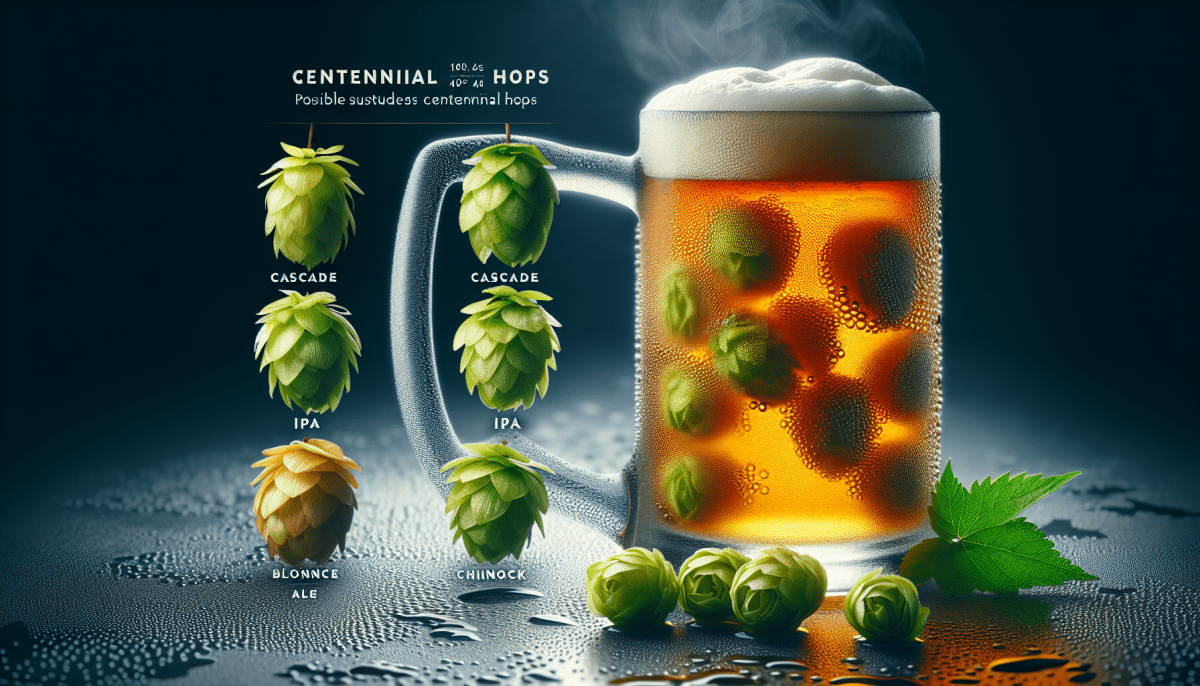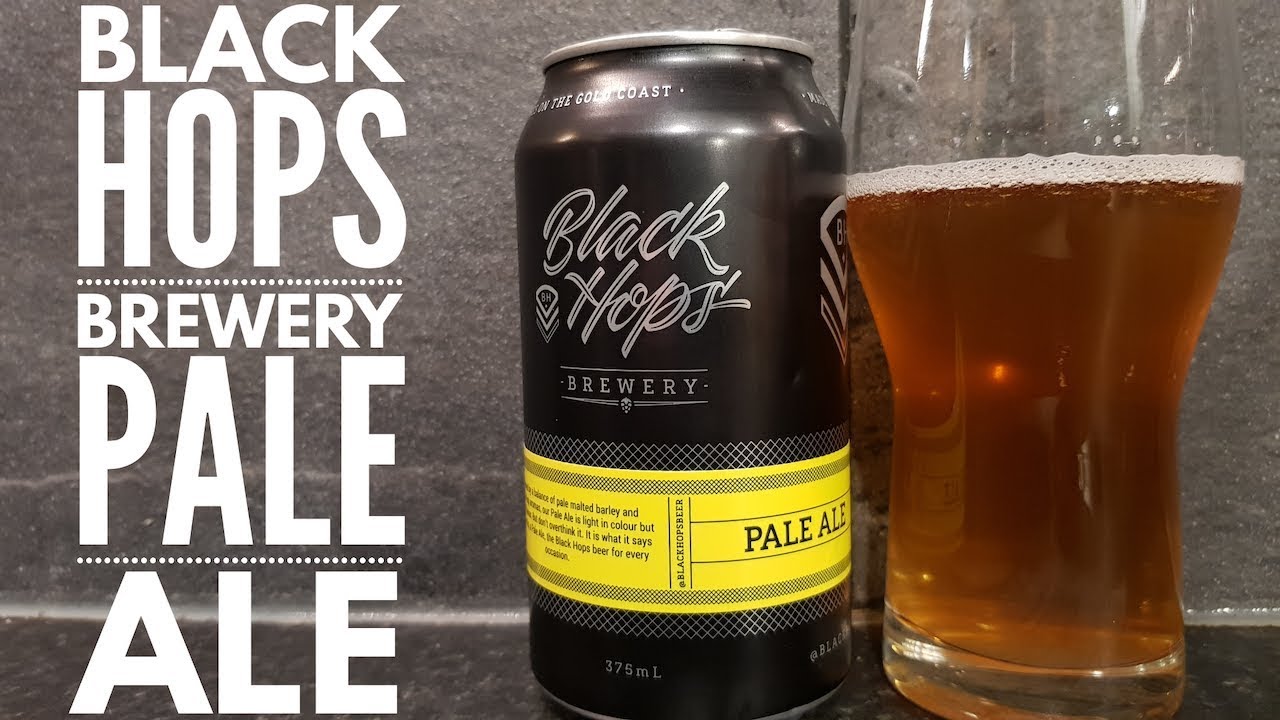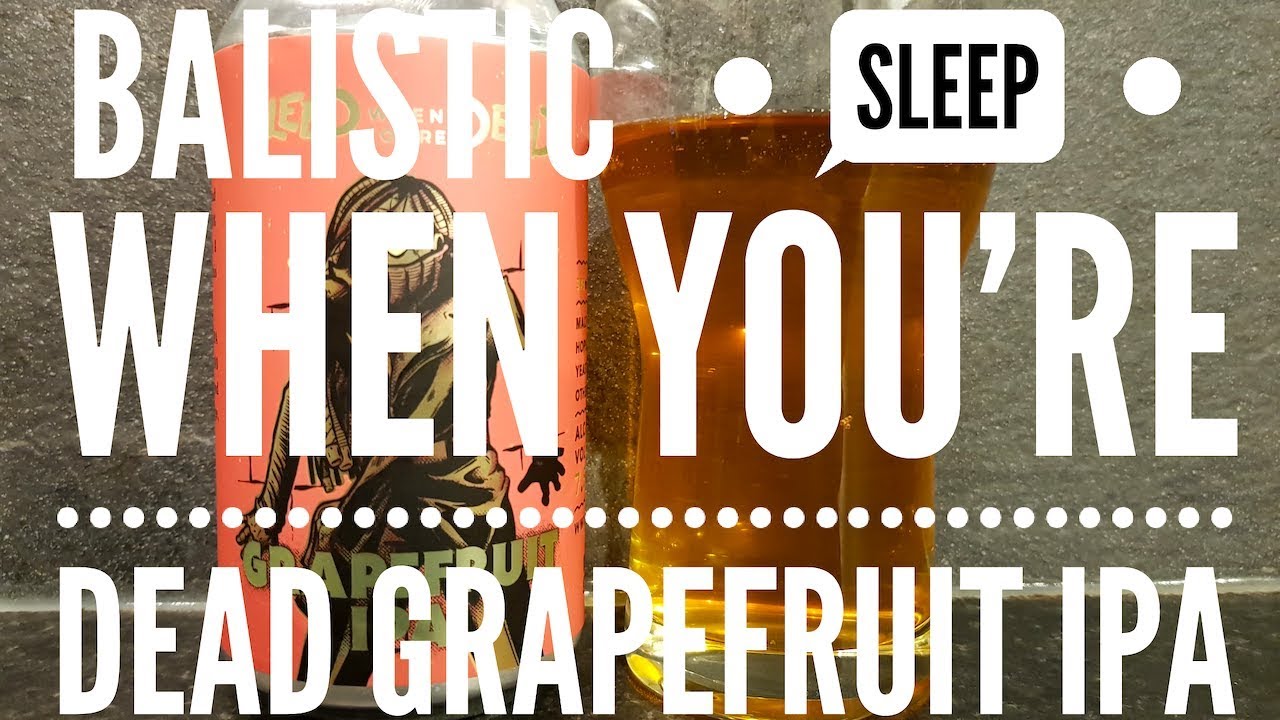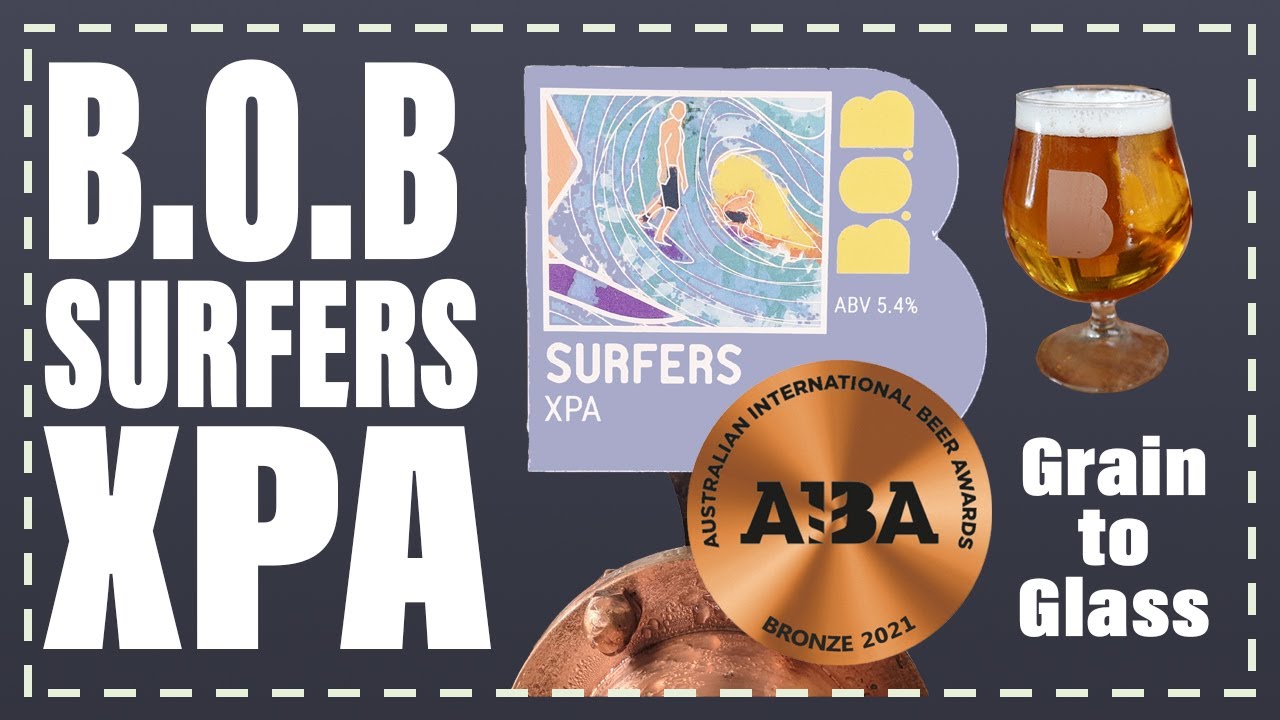The Centennial Hops – An In-depth Look at its Flavour, Substitutes & Styles
When it comes to hops, few have captured the passionate hearts of brewers, both professional and amateur, around the globe – and especially here in Australia – quite like the Centennial hops. This standout variety is a celebration of distinct florals and bursting citrus, seamlessly balancing bitter and aromatic characteristics. So, let’s embark on a journey together, delving deep into Centennial hops, discovering its flavour profiles, potential substitutes, and signature beer styles.
A Hop through History
Centennial hops, aptly nicknamed the “Super Cascade,” rose to fame in the hop fields of the United States. Its journey began in Washington State in 1990 when it was developed by the USDA breeding program. Known for its vastly resilient nature, thanks to its lineage of Brewers Gold, Fuggle, East Kent Golding and others, Centennial hops have become a favourite among serious brewers.
Although Centennial is an American hero, it’s made a significant splash in Australian brewing circles. Due to its adaptability and distinct characteristics, it’s cultivated in various regions across the country, with brewers eagerly integrating it into a myriad of beer styles.
The Allure of Centennial Hops – Flavor and Characteristics
There’s no mistaking a Centennial hops brew; it’s all in the intoxicating aroma and delectable taste. Its fragrance is a glorious explosion of florals teamed with strong citrus notes, often reminding beer aficionados of fresh lemon and grapefruit.
Its flavour profile doesn’t disappoint either; it’s a delightful blend of clean bitterness matched with a punchy citrus kick. The alpha acids typically range from 7-12%, while the beta acids clock in at 3.5-5.5%. This creates a hop of harmony and balance, offering both strong bittering potential and powerful aromatics, thus, setting the stage for its celebrated dual-purpose nature.
Centennial Hops’ Grand Performance in Various Beer Styles
Bearing a potent mix of robust bitterness and floral-citrus beauty, Centennial hops dominate in a wide range of beer styles. Its versatility is particularly resonant in American style India Pale Ales, where its zesty, blossomy notes marry well with the style’s inherent boldness.
A striking example of this is the celebrated Stone & Wood Pacific Ale, an Australian fave where Centennial is the main character. Another showcase is the Mornington Peninsula Brewery’s IPA, with Centennial hops taking centre stage to perform its citrusy magic.
Interchangeability with Centennial Hops – The Substitutes
Although there’s nothing quite like Centennial hops, several hops come close in terms of similar flavour and aroma profiles. If you’re in a bind and Centennial hops are nowhere in sight, reach for Cascade hops – often considered its little brother. They share a similar citrus-forward profile.
Another available substitute is Columbus hops, showcasing a pungent citrus character. Though the bitterness might lean towards being more aggressive, careful usage can create a similar effect to Centennial. Chinook hops are another suitable replacement offering a somewhat spicier profile with a touch of grapefruit.
Wrapping Up…
Centennial hops are less of a hop variety and more of a brewing phenomenon. Its perfect balance of bitterness, citrus zing, and palatable florals makes it an indispensable addition to various beer styles. Its versatility makes it a gem within the brewing industry, shining brightest in the up-and-coming Australian craft beer culture.
Whether you’re savouring a local IPA that champions Centennial or brewing a batch from the comfort of home, there’s no denying the lure of the Centennial hops’ drama of flavours.
Of course, the best way to truly appreciate these incredible hops is by experiencing them firsthand. So, fetch your beer mates, pop into your local craft brewery, or why not try your hand at a homebrew recipe featuring Centennial hops? Here’s to a brew that’s set to surprise your palate with every sip!






